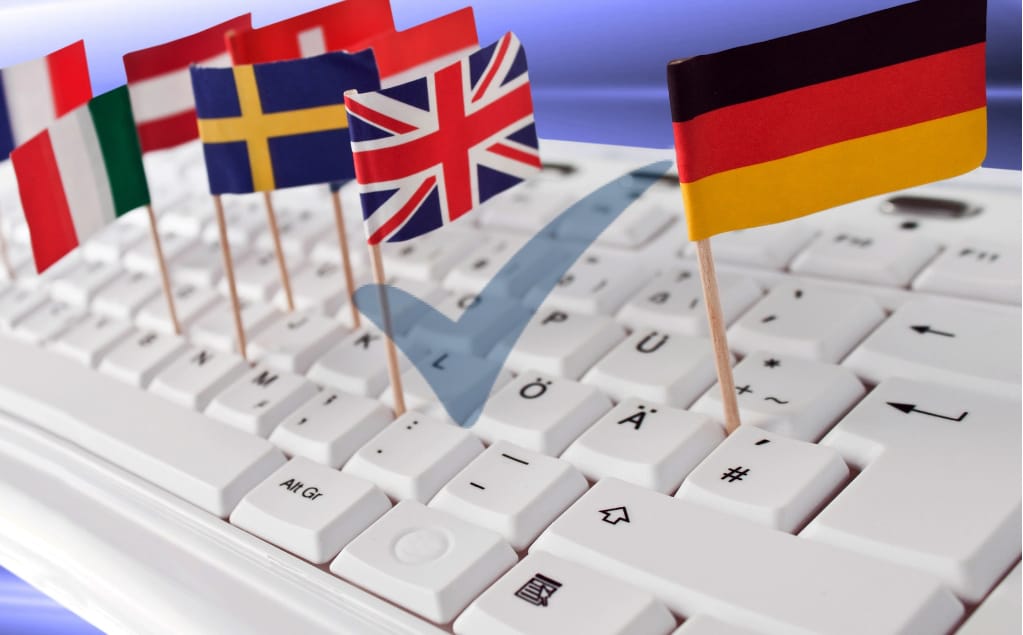Thinking of conquering new markets and strengthening globally, many companies seek to expand their business abroad. According to information released by Fundação Dom Cabral (FDC), 64.4% of Brazilian companies plan to expand their presence in countries where they already operate. Additionally, 68.9% show interest in exploring new opportunities in locations where they do not yet have operations. After all, the internationalization of the enterprise is much more than a way to diversify revenue; it is also an option to increase relevance and competitiveness, positioning the brand as a strategic player in its industry segment.
For Tiago Monteiro, an entrepreneur who founded LUZA Group in the interior of Portugal and is now about to reach seven countries, success on this journey depends on a strategic vision. "Understanding the right moment to internationalize is what will determine the success of the expansion. Here, it is essential to assess factors such as business maturity, the specifics of the target market, as well as the product or service's adaptability and financial structure for this," explains the founder and global CEO of the multinational that connects engineering and technology talents to their clients' challenges.
Thinking about encouraging entrepreneurs who want to invest in the international market, the executive listed the main tips, check them out below:
Study
Before taking any step, it is essential to assess the sector you intend to enter, which includes identifying the demand for your product or service, understanding the local culture, and evaluating the competition. "Research how your business can adapt to the reality of the target market. This prevents surprises and helps align expectations with real opportunities," advises the specialist.
Adapt to offer
Not everything that works locally will have the same appeal in another country. Adjustments to the packaging, payment method, or even communication may be necessary. "Internationalizing is more than just translating your product. You need to understand what attracts the new market's audience and shape your offer based on that," explains Monteiro.
Seek help
Connecting with local partners, such as distributors, suppliers, or sales agents, can facilitate market access and adaptation to the business environment. "Having local allies is like having a shortcut to understanding how the market works. They help overcome cultural and logistical barriers," highlights the global CEO.
Structure yourself
Internationalization requires resources for initial costs, operational adjustments, and even unforeseen events. Financial planning is essential to prevent expansion from compromising the company's cash flow. "Have a clear view of the necessary investments and create a plan that balances expenses with expected profitability. This way, you will have more confidence to grow," the executive points out.











